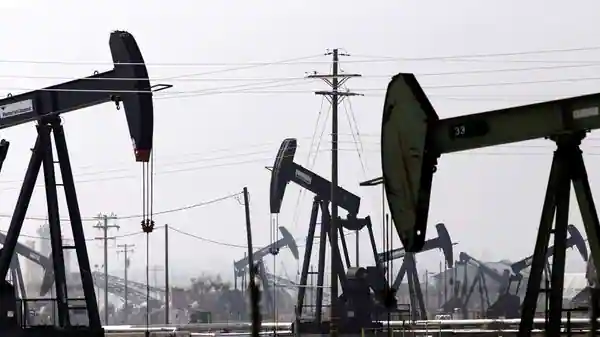By: Amr Heikal
The Review covers energy data through 2019 and provides a comprehensive picture of supply and demand for major energy sources on a country-level basis.
Oil consumption grew by a below-average 0.9 million barrels per day (b/d), or 0.9%. Demand for all liquid fuels (including biofuels) rose by 1.1 million b/d and topped 100 million b/d for the first time
Oil production fell slightly by 60,000 b/d in 2019 as strong non-OPEC production growth, led by the US, was offset by a sharp decline in OPEC production.
OPEC production fell by 2 million b/d, the group’s steepest decline since 2009. Much of this decline was driven by a combination of sanctions and economic difficulties in Iran (-1.3 million b/d) and Venezuela (-560,000 b/d). In addition, a renewed OPEC+ production cut agreement reduced other countries’ output levels, with Saudi Arabia’s production falling (430,000 b/d). Despite this agreement, the production of some OPEC members increased, notably Iraq and Nigeria which increased their production by 150,000 and 100,000 b/d respectively.
Looking at oil production by type, declines were concentrated in crude oil and condensate, which together fell by 580,000 b/d. Natural gas liquids (NGLs) continued to grow robustly, by 520,000 b/d (4.5%), in line with its long-run trend. As has been the case in the last few years, NGLs output growth was driven primarily by the US (440,000 b/d), which has doubled its production between 2012 and 2019 to 4.8 million b/d.
Global proved oil reserves were 1734 billion barrels at the end of 2019, down 2 billion barrels versus 2018. The global R/P ratio shows that oil reserves in 2019 accounted for 50 years of current production. Regionally, South & Central America has the highest R/P ratio (144 years) while Europe has the lowest (12 years). OPEC holds 70.1% of global reserves. The top countries in terms of reserves are Venezuela (17.5% of global reserves), closely followed by Saudi Arabia (17.2%) and Canada (9.8%).
Oil prices edged a little lower last year, with Dated Brent averaging $64.21/bbl compared with $71.31/bbl in 2018.

















